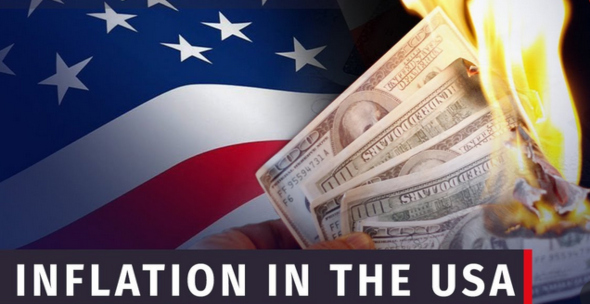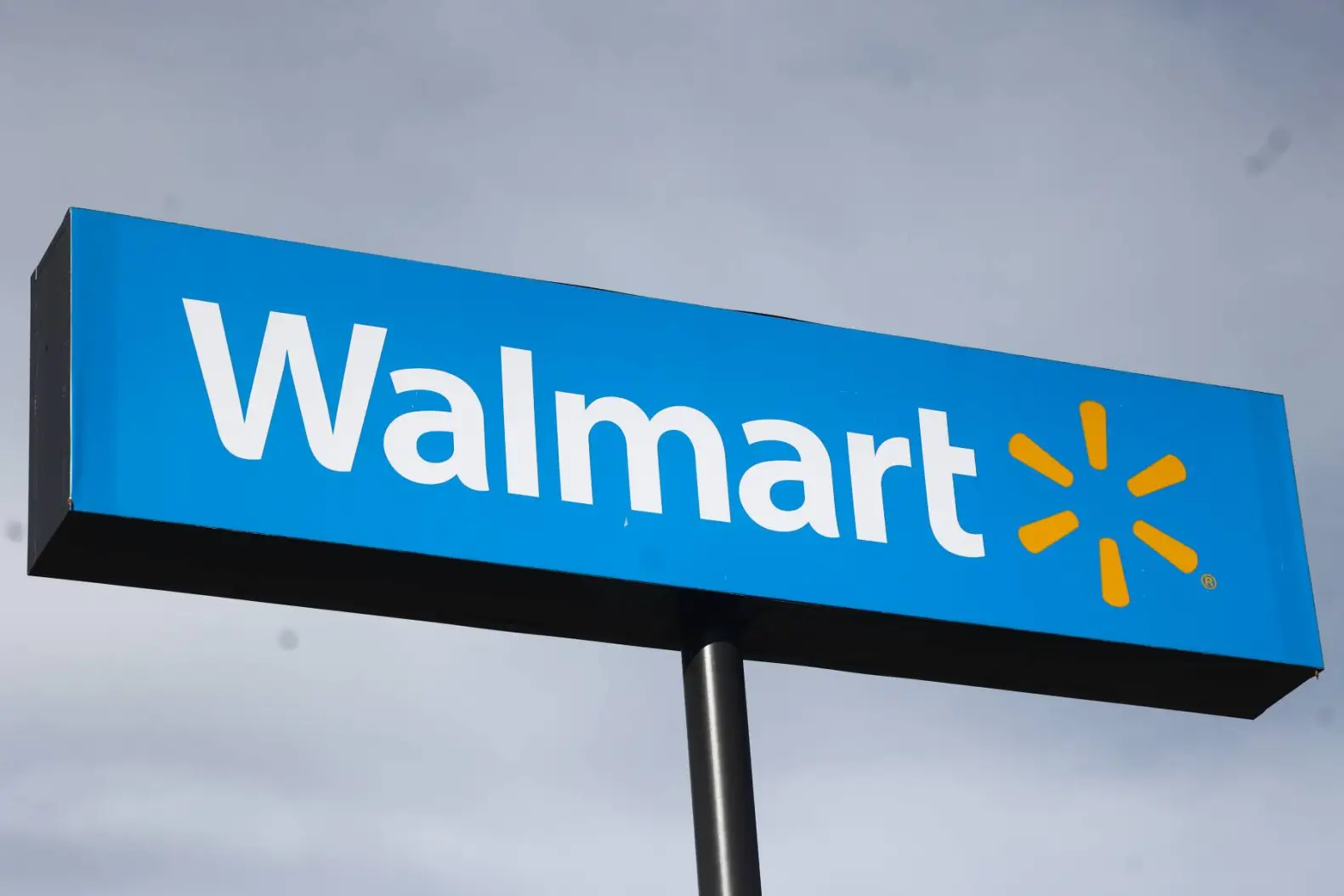Photos: YouTube
The US and many other nations in the world are experiencing a serious bout of inflation. Here we have already discussed where the combination of inflation partly fueled by government pandemic-motivated stimulus payments, supply chain difficulties, and the Russia-Ukraine War are likely to take us and why. However, this Analysis Brief focuses specifically on expected inflation for an essential aspect of our lives—food.

Consider how inflation has evolved for food over the past few years. Figure [1] shows annual price inflation based on price statistics from the US Department of Labor’s Bureau of Labor Statistics (BLS). Specifically, it shows the “All Items” Consumer Price Index (CPI) and the “Food” CPI.1 There is no doubt that inflation is running quite hot, and that Food inflation now exceeds overall inflation.

Now consider an ongoing event that could very well translate into potentially higher food inflation in the US for the end of 2022 and into 2023.
A June 3, 2022 British Broadcast Company article entitled, “Drought-Stricken US Warned of Looming ‘Dead Pool,’” highlights the ongoing drought in the US West,particularly California, and its potential impact on California’s agriculture. It reminds us that California produces about one-third of the vegetables and about two-thirds of the fruits and nuts consumed in the US.
In addition, The Washington Post reported on June 7, 2022 concerning a Capitol Hill Congressional Hearing that was to be conducted by Sen. Michael Bennet (D-CO). The article, which is entitled “Sen. Bennet Warns of a ‘Five-Alarm Crisis for the American West,’” quotes the Senator saying: “The West hasn’t been this dry in 1,200 years, and more than 75 percent of the West is experiencing severe drought, which is threatening to put farmers and ranchers out of business.”

Focusing on California alone, we consulted with the US Department of Agriculture’s latest (June 5, 2022) report on “California Crop Progress & Condition.” Our tabulations of the report’s statistics on precipitation for 36 stations across the state and six important water reservoirs reveal that precipitation is down on average 37.6 percent from normal levels for an October 1 to June 5 period, and that water reservoir storage is at about 60 percent of the average level for the June 5 point in a year.[2] Also, the report indicates that, similar to other US Western States, much of California is experiencing severe or extreme drought conditions during the current growing season.
What will food inflation, which is likely to be fueled partially by reduced agricultural production due to widespread drought conditions in the US West, mean for the average (mean) Black American household? Taking 2020 as a starting point and statistics from the BLS Consumer Expenditure Survey (CEX) we estimate the following:[3]
• Food inflation in 2021 likely meant spending an additional $233 on food.[4]
• Expected food inflation for 2022 could mean $512 in additional food spending.[5]
• We estimate 2023 additional spending on food as an average of additional spending during 2021 and 2022 or $373, as inflation could begin to recede.
In sum, the average Black American household has likely spent, and may be called upon to spend, $1,118 or more on food over the 2021-2023 period relative to 2020 level. This constitutes a sizeable amount of unplanned/unexpected spending for house- holds that are typically cash-constrained and with after-tax incomes of less than $60,000.
This Analysis Brief is provided as a forewarning of potential outcomes for food prices and required spending in the period ahead. To avoid or moderate some of inflation’s pain, consumers could: (i) Substitute away from foods with the mostrapidly rising prices; (ii) purchase food in the near term for storage (freezing, canning, etc.) to evade future price increases; (iii) capture higher paying employment; and/or (iv) plan and implement individual or cooperative gardening to produce food for own consumption.[6]
Please be clear: The conditions discussed here are not certain outcomes. Rather, weprovide estimates that are based on currently available information and our future expectations. Yet, this information could serve as insight to help Black American consumers consider potential outcomes and formulate action plans.
According to the old adage, “To be forewarned is to be forearmed.”
Footnotes:
[1] BLS CPIs are available at https://www.bls.gov/cpi/ (Ret. 061022).
[2] The normal level is calculated using data for 1990- 2020.
[3] The BLS CEX statistics used in this analysis are from “Table 2100. Race of reference person: Annual expenditure means, shares, standard errors, and coefficients of variation, Consumer Expenditure Surveys, 2020; (Ret. 060822).
[4] The amount cited is based on applying a 3.94 percent 2021 inflation rate for the Food CPI to the mean Black American household 2020 expenditure for food $5,923 ($4,176 at home plus $1,746 away from home).
[5] This estimate is based on the expectation that food inflation for 2022, which is running at 8.64 percent five months into the year, may average about 8.5 percent for the year. We apply the 8.5 percent rate to the 2020 Black American household food expenditure level cited in footnote 4. The US Department of Agriculture forecasts that 2022 food prices will increase about 7.0-to-8.0 percent; see https://www.ers.usda.gov/data-products/food-price- outlook/summary-findings/ (Ret. 060922).
[6] Keep in mind that gardening can be an expensive undertaking due to the price of inputs and the time expended in garden development and tending.”
Dr. Brooks Robinson is the founder of the Black Economics website.










